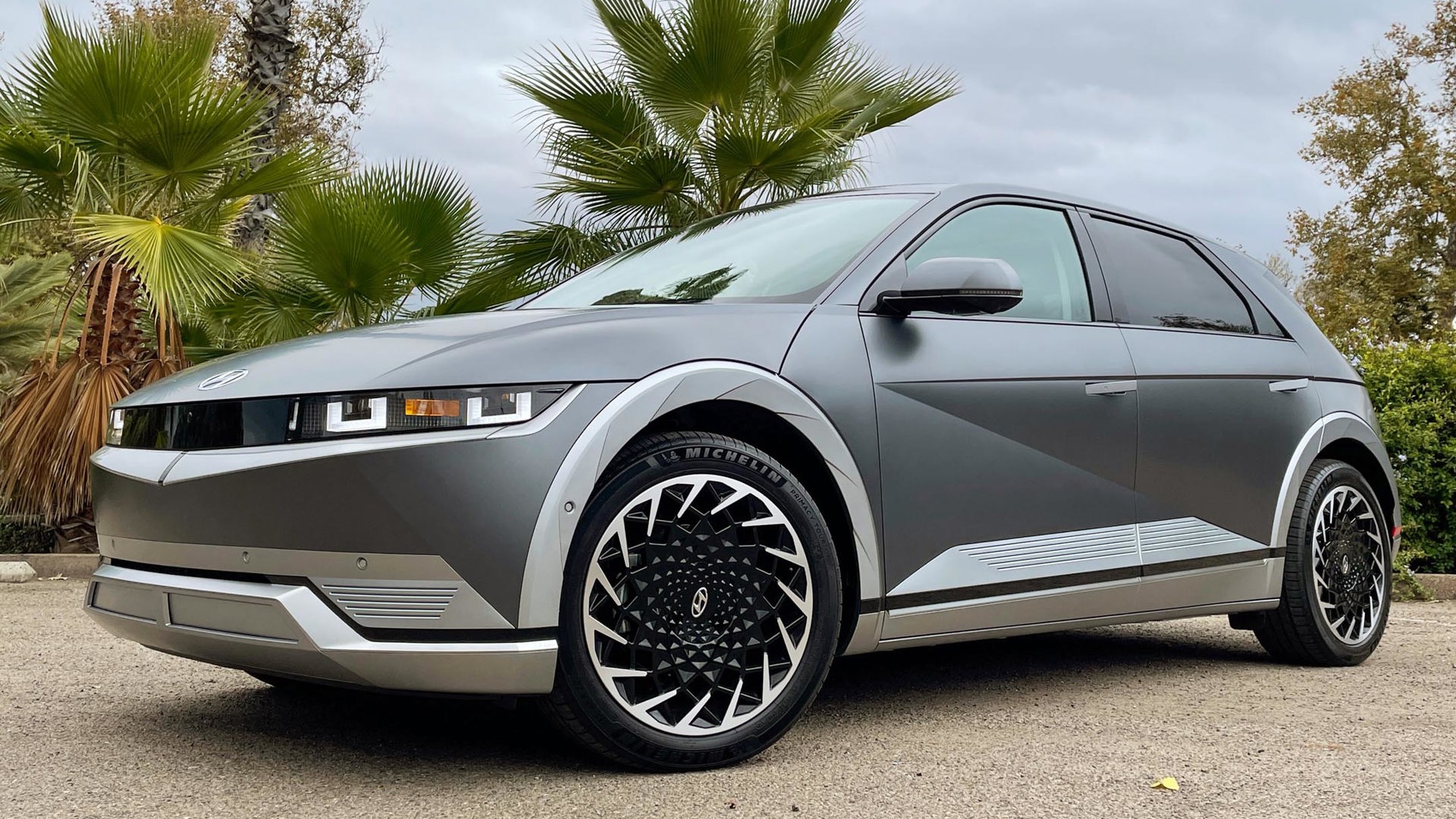With so many vehicle manufacturers jumping on the electric vehicle (EV) bandwagon and so many new EVs coming to market, tire manufacturers are taking note and keeping pace by introducing EV-specific tires. The question is, do EVs really need special tires, or is this just a marketing gimmick employed by tire manufacturers to sell more tires?
At first glance, the idea that EVs would need special tires seems hard to believe. Dig a bit deeper, however, and you’ll see that EVs are indeed unique and have unique needs. They differ from their internal combustion engine (ICE) counterparts in a variety of ways, which is why a growing number of tire manufacturers are bringing EV-specific tires to market.
EVs Are Heavy
For starters, EVs are heavier because of the added weight of the massive batteries they have on board. This means they need tires that can support the extra weight, and that’s why many EV-specific tires come with an Extra Load (XL) rating. This means they’re designed to carry the extra mass without overheating.
Recently, tire companies have started adding the HL (Heavy Load) designation to some of their tires, and in a recent technical bulletin, Yokohama Tire explained why there’s a need for both XL and HL tires: “The Ford F-150 Lightning (EV) weighs in at around 1,600 lb more than the same size internal combustion (ICE) F-150. A Tesla Model S EV weighs over 1,300 lb more than a similarly sized Toyota Camry (ICE) (4,900 lb vs. 3,600 lb). This trend holds true across the board for EVs.”
EVs Are Quieter

Another key difference between ICE vehicles and EVs is the amount of noise passengers experience. In short, EVs have quieter passenger cabins than their ICE counterparts because there’s no engine noise. Without the constant growl of an engine, EV drivers are more likely to hear and be annoyed by the constant whine of tires rolling along the pavement.
That’s why EV tires need to be quieter than conventional tires. This is achieved through the design of the tread, and by the composition of the rubber compound that’s employed to make these tires. Some tire manufacturers also add noise-absorbing materials to the interior of the tire to cut down on the reverberations that are normally generated during the operation of any tire.
Maximizing Range
Efficiency is another reason why EV tires have been engineered to maximize the distance an electric car can travel on a charge. In other words, these tires are designed to minimize rolling resistance. Simply put, a low rolling resistance tire requires less energy from the battery to continue rolling along the road surface than a “regular” tire would, which means the EV can go further on a charge when it’s equipped with EV-specific tires.
Instant Torque

Finally, the last key difference between ICE vehicles and EVs is the amount of instant torque EVs can produce. Like a light switch that turns on the power to a light bulb in a room, an EV’s torque can go from zero to 100 per cent in an instant.
ICE vehicles, on the other hand, go from zero torque to peak torque gradually as the engine RPMs pick up. This gradual process doesn’t stress the tires as much as the instant torque produced by an EV does.
Because of this immediate torque, the tires have to be able to absorb all that torque and harness all that power to accelerate as quickly as the driver intends. This requires tires that can handle the added stresses.
Hybrids
Since hybrids are not as heavy as EVs, not as quiet (since they are equipped with an engine), and since torque and range anxiety are not issues hybrid owners need to worry about, they really don’t need the extra engineering that defines an EV tire.
The only tire that hybrid vehicle owners could benefit from is the lower rolling resistance of EV tires, which would improve fuel economy. Whether or not the increase in fuel economy would be worth the premium they’d have to pay when buying EV tires is a calculation hybrid owners must make for themselves.
<pdata-mce-caret="after" data-mce-bogus="all" style="top: 2338px;">
</pdata-mce-caret="after">



